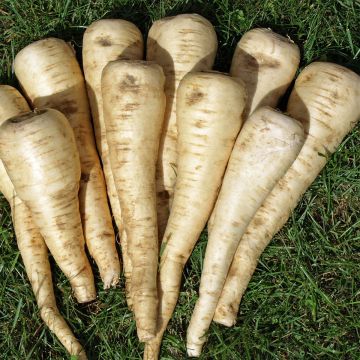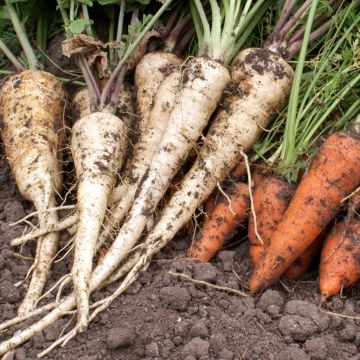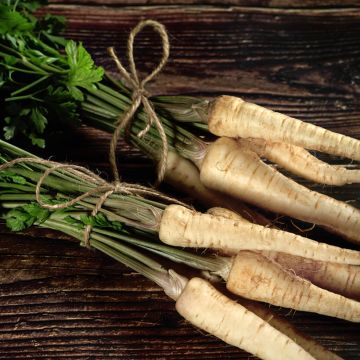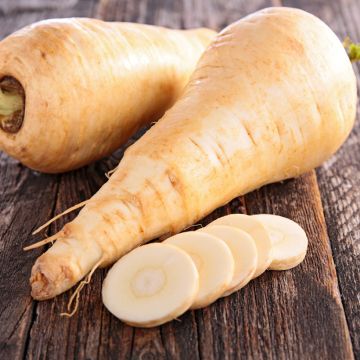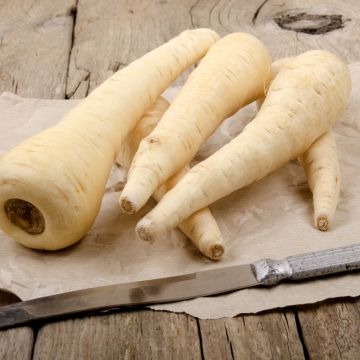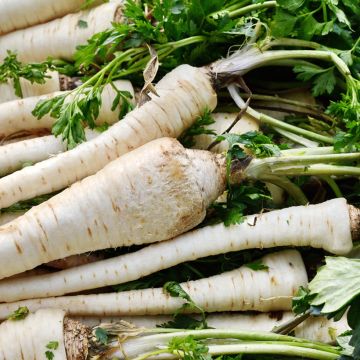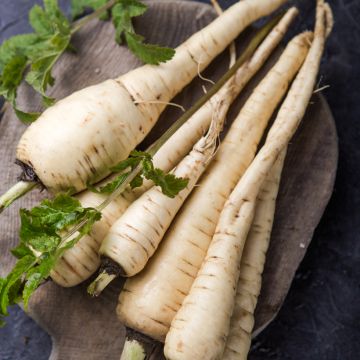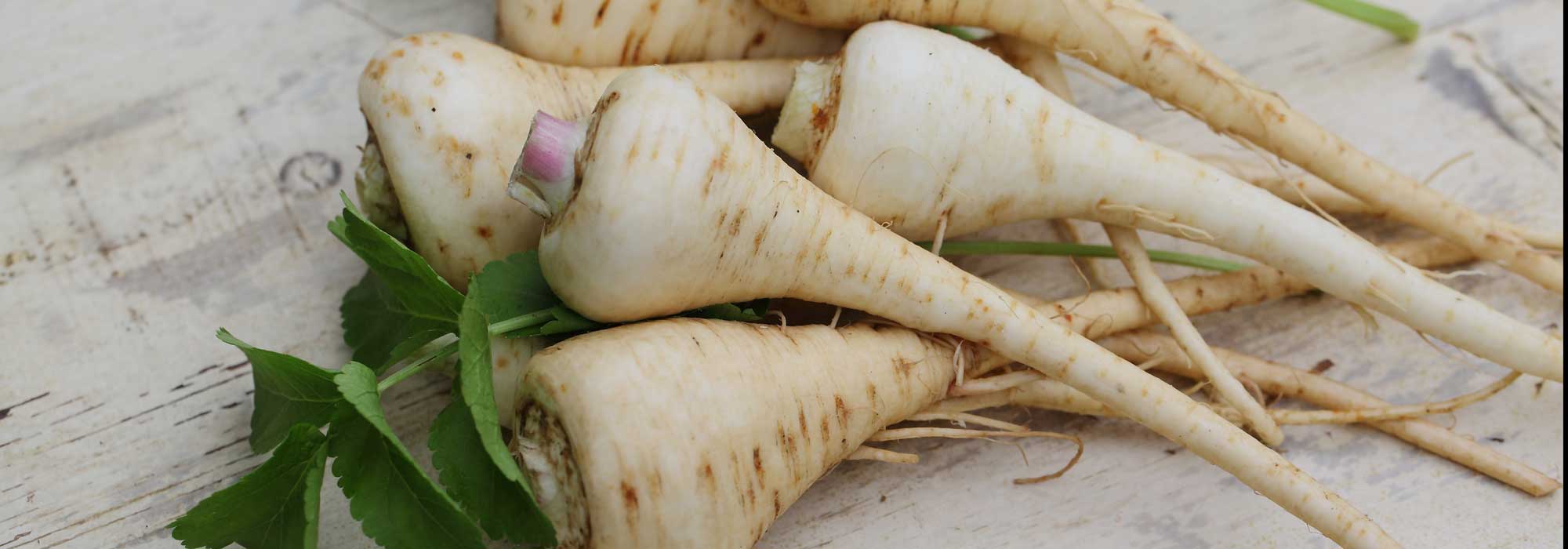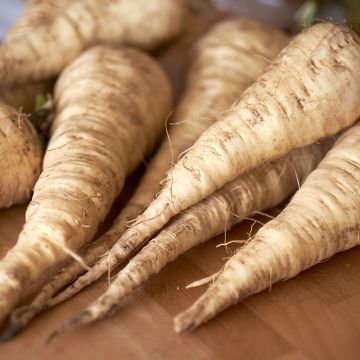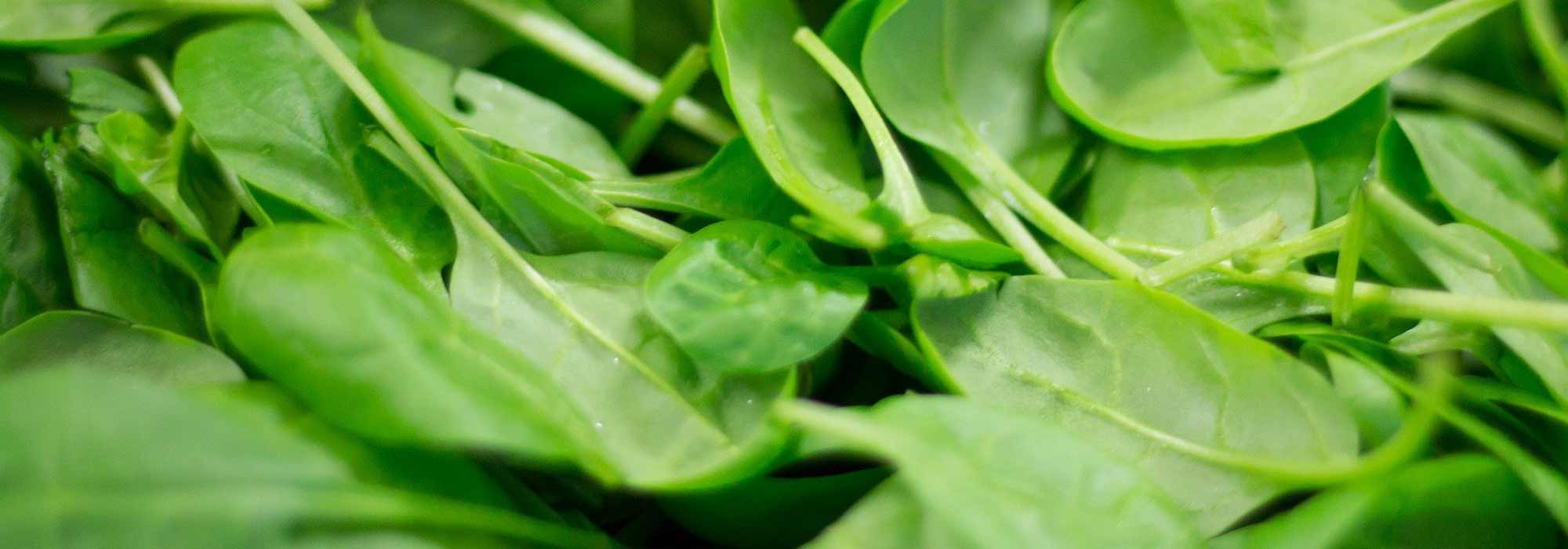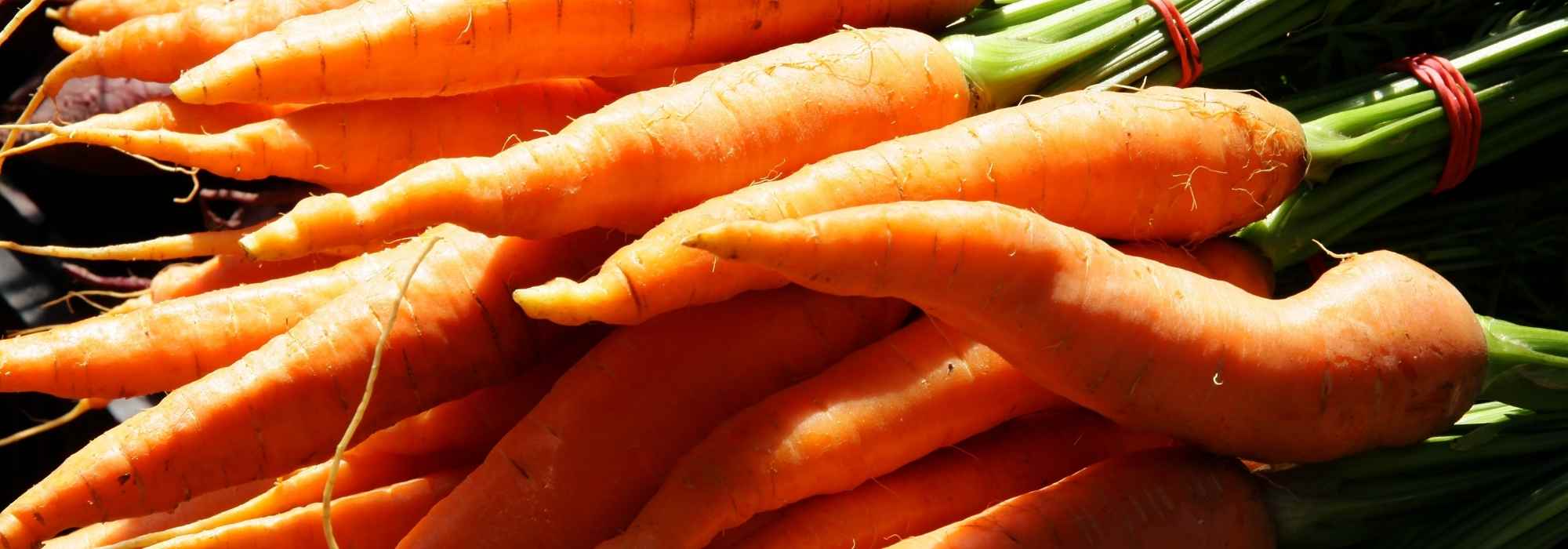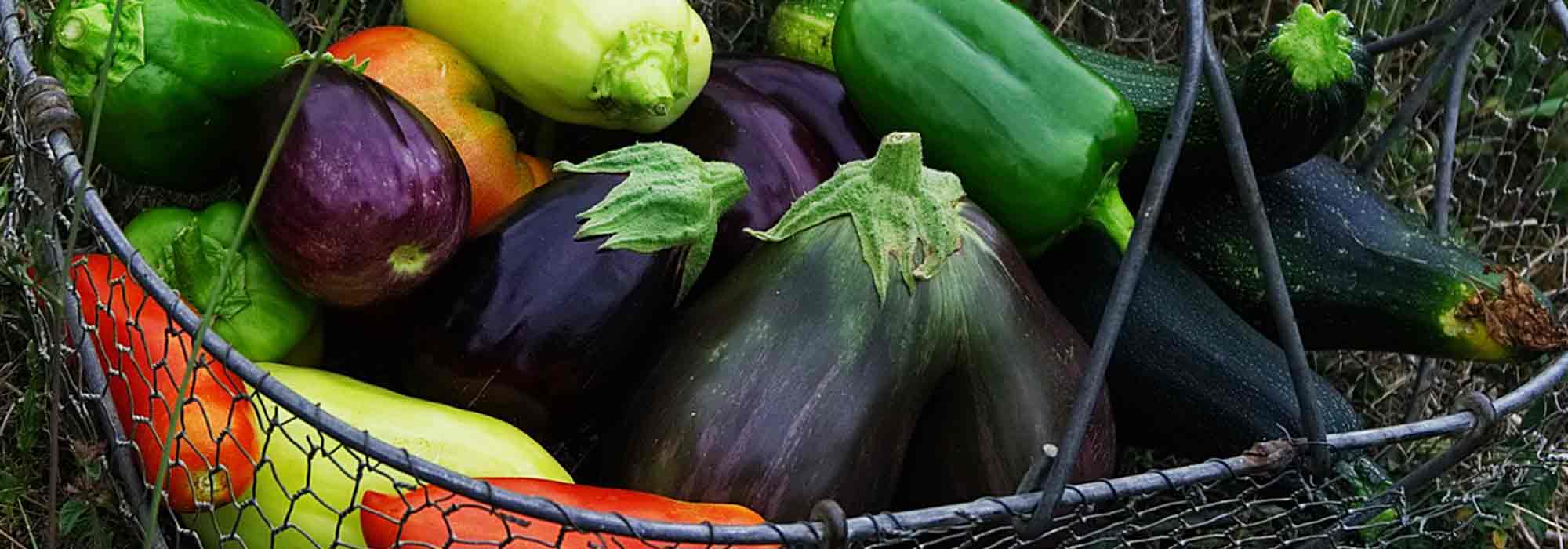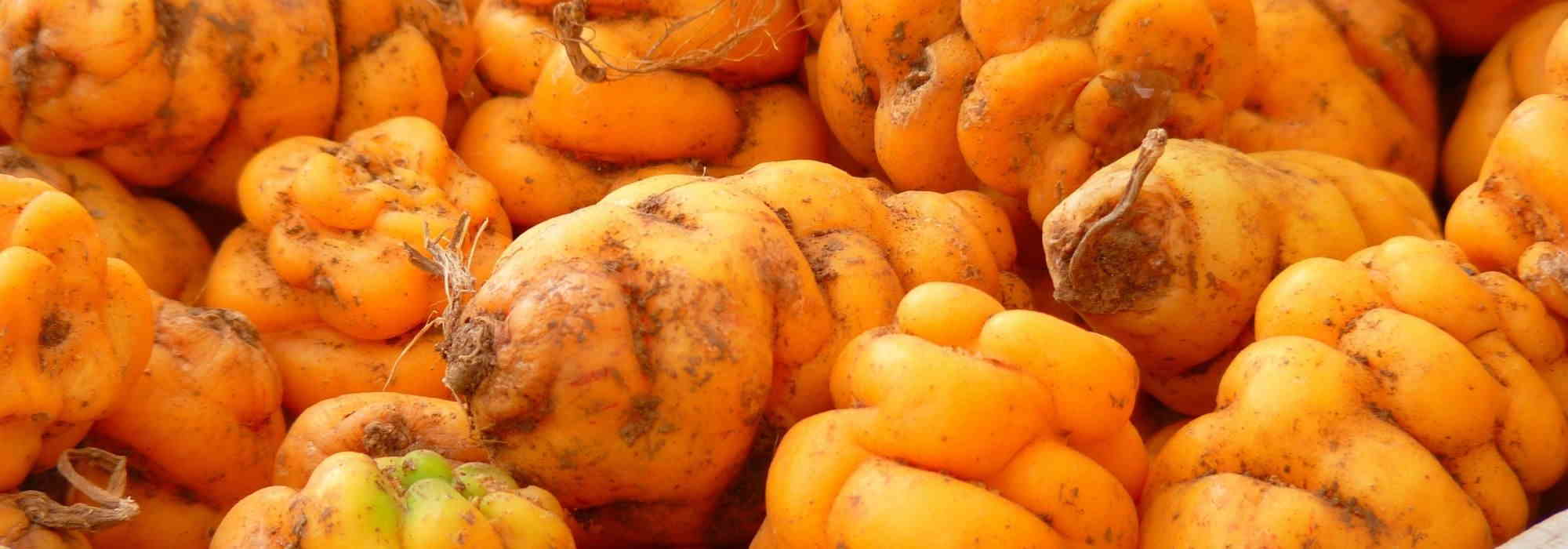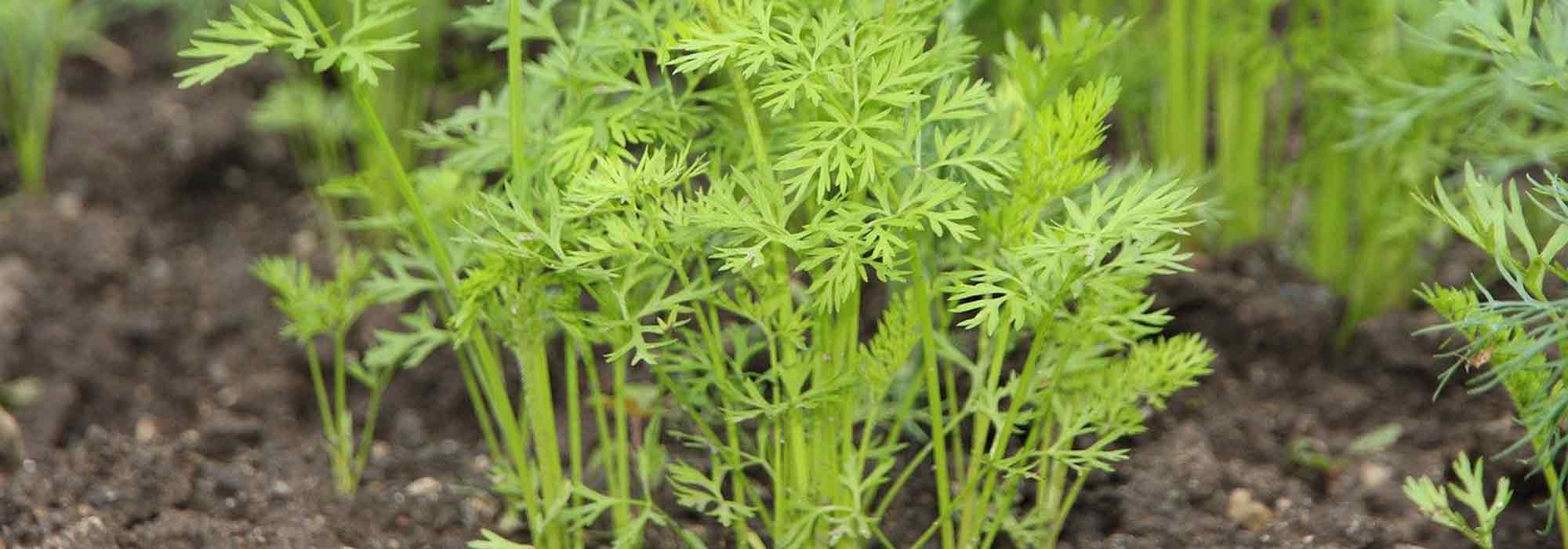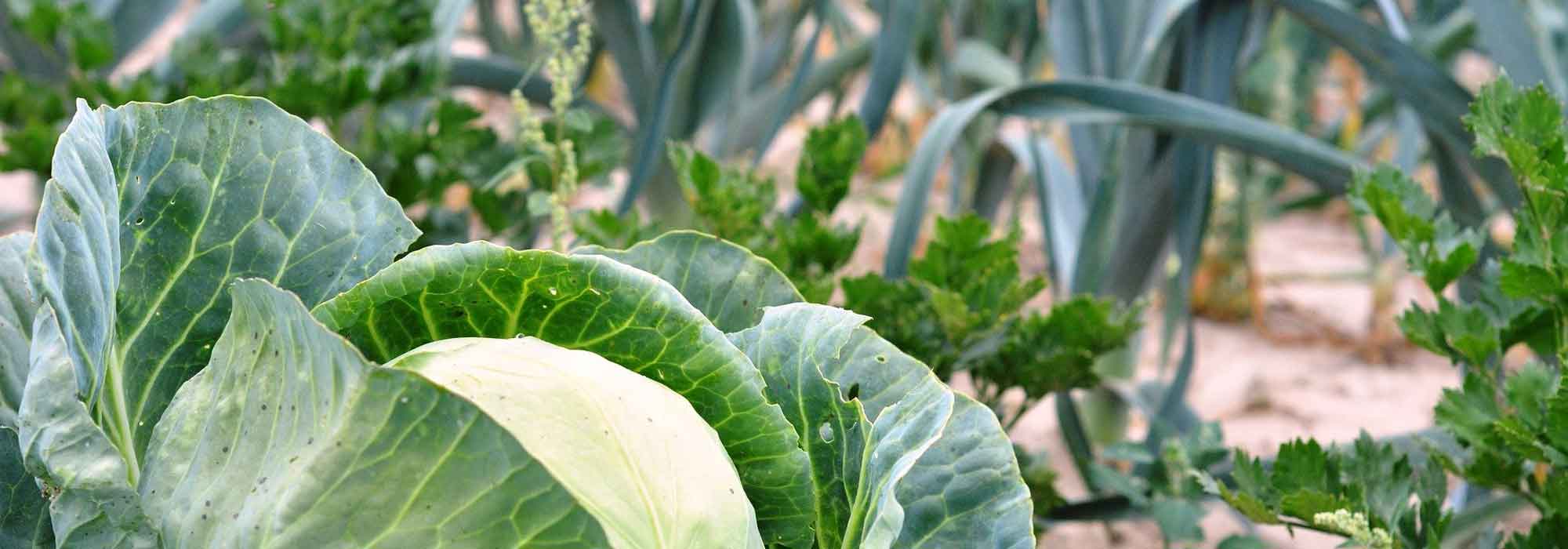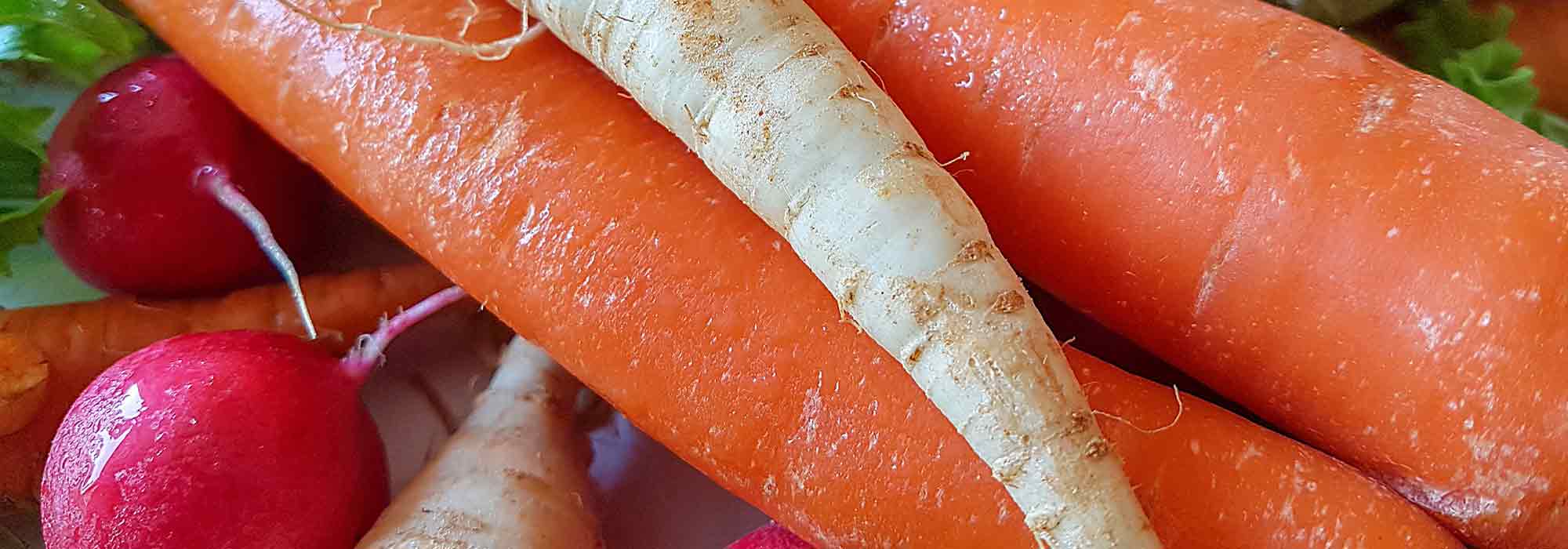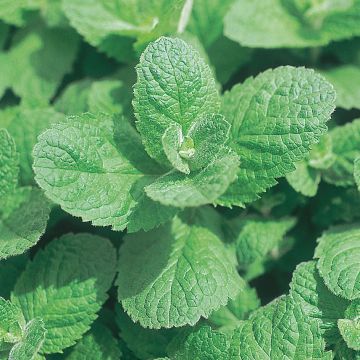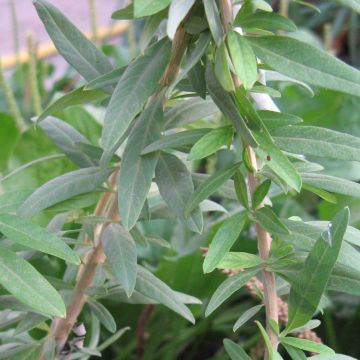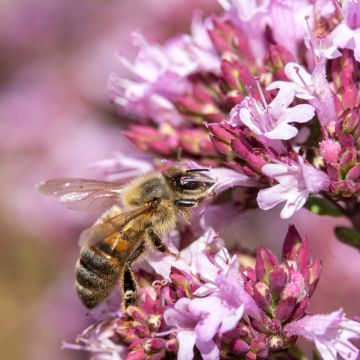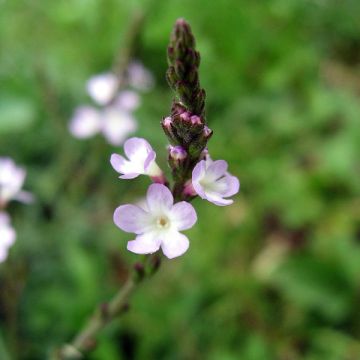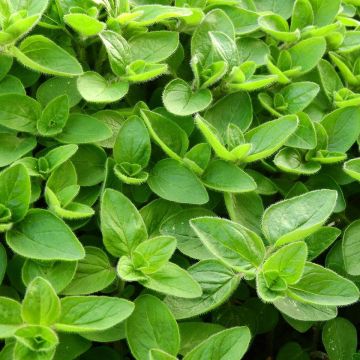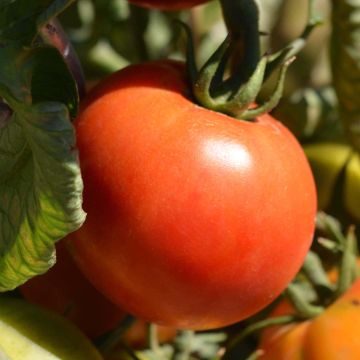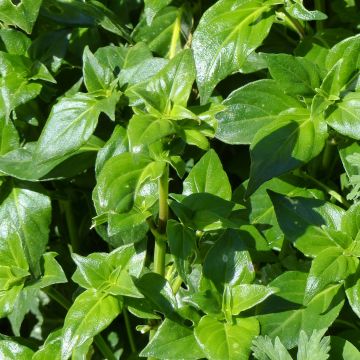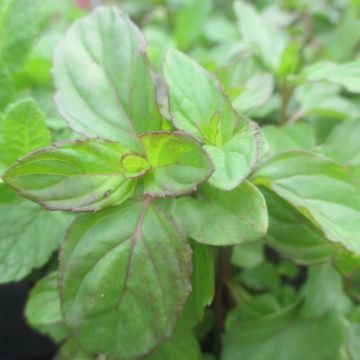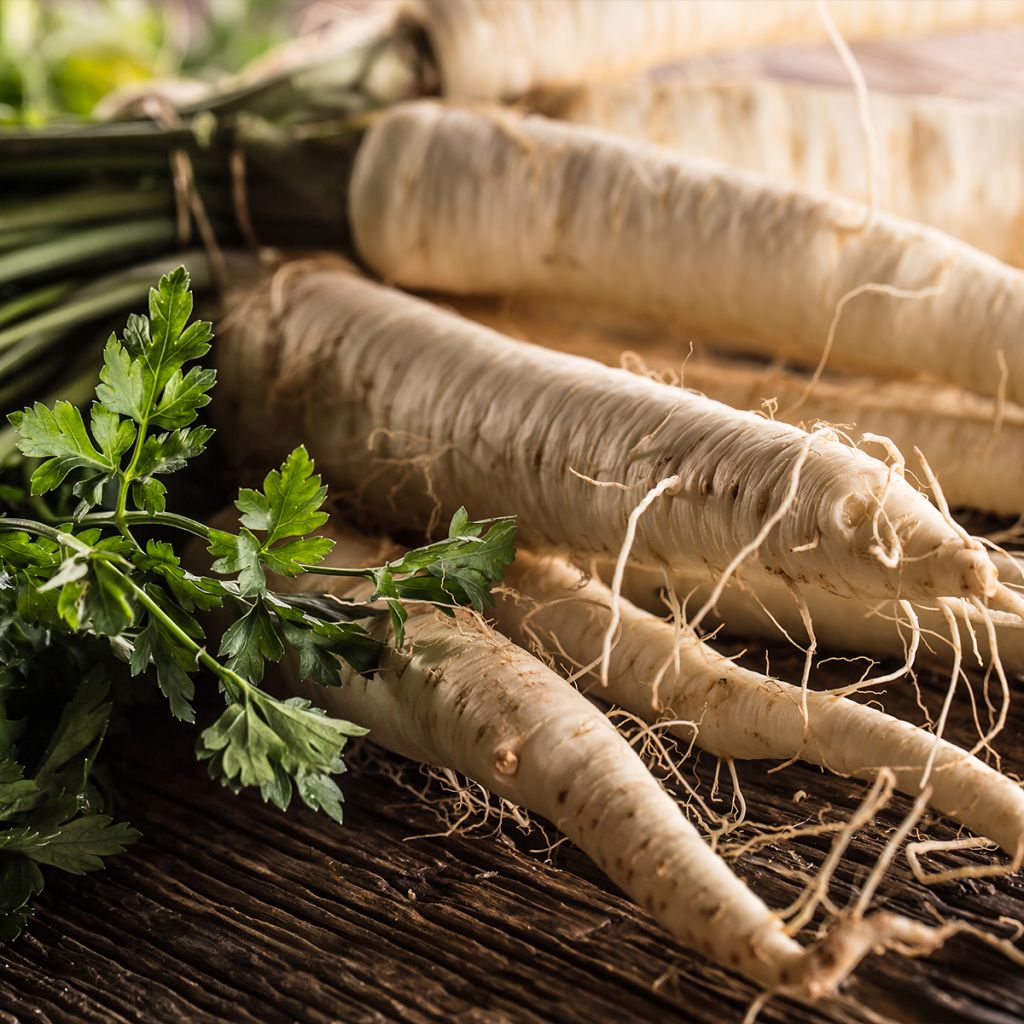

Parsnip - Pastinaca sativa subsp. sativa


Parsnip - Pastinaca sativa subsp. sativa
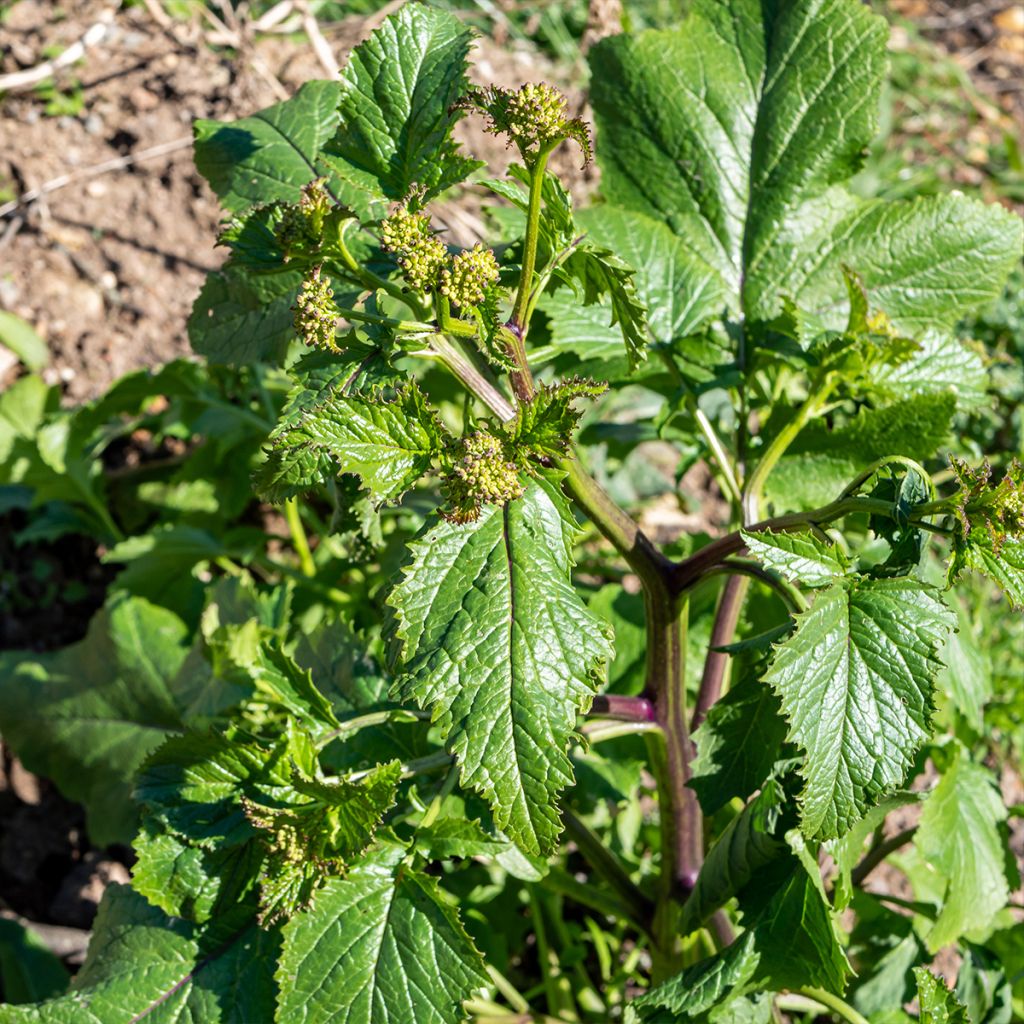

Parsnip - Pastinaca sativa subsp. sativa
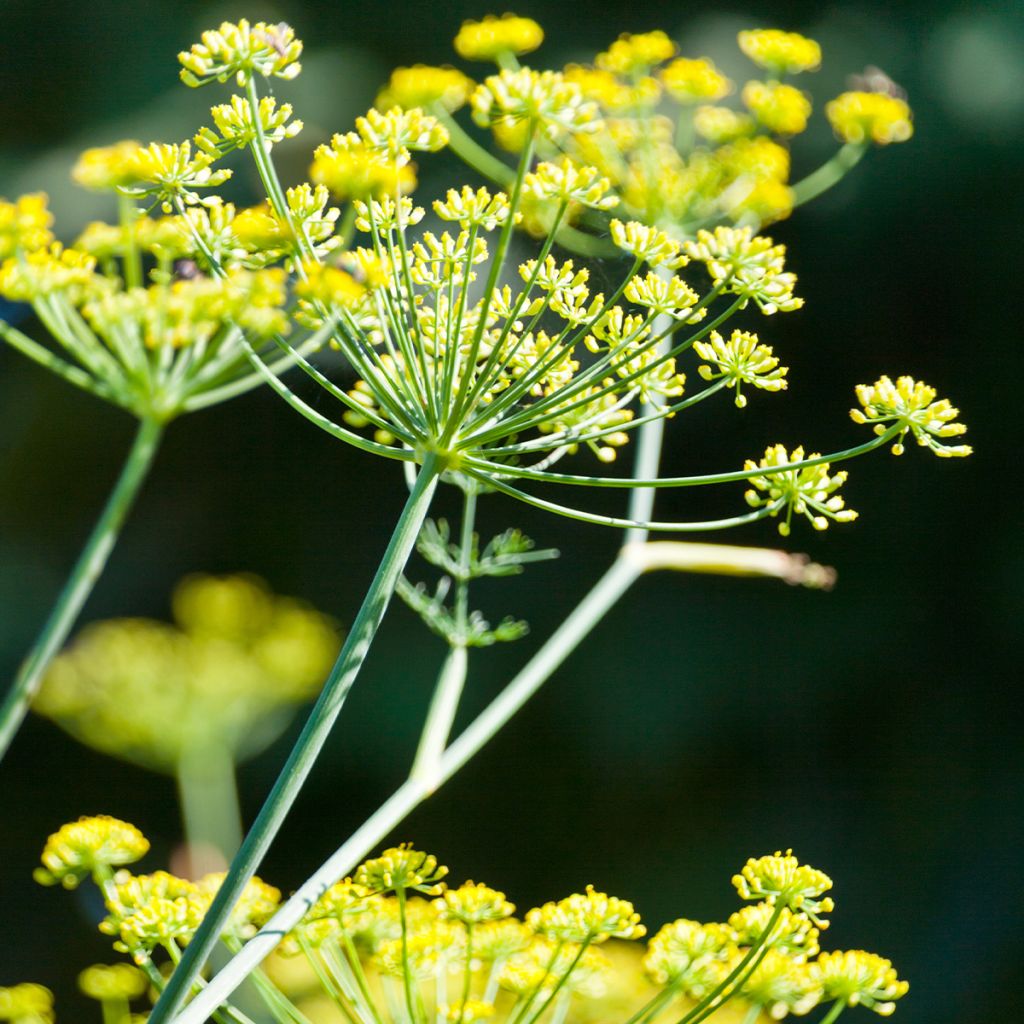

Parsnip - Pastinaca sativa subsp. sativa
Parsnip - Pastinaca sativa subsp. sativa
Pastinaca sativa subsp. sativa
Parsnip
Special offer!
Receive a €20 voucher for any order over €90 (excluding delivery costs, credit notes, and plastic-free options)!
1- Add your favorite plants to your cart.
2- Once you have reached €90, confirm your order (you can even choose the delivery date!).
3- As soon as your order is shipped, you will receive an email containing your voucher code, valid for 3 months (90 days).
Your voucher is unique and can only be used once, for any order with a minimum value of €20, excluding delivery costs.
Can be combined with other current offers, non-divisible and non-refundable.
Why not try an alternative variety in stock?
View all →This plant carries a 6 months recovery warranty
More information
We guarantee the quality of our plants for a full growing cycle, and will replace at our expense any plant that fails to recover under normal climatic and planting conditions.
Description
The cultivated or wild Parsnip, in Latin Pastinaca sativa subsp. sativa, is a plant formerly widely grown as fodder, but also for its long, edible, fleshy, yellowish root, with a slightly sweet taste and a hint of hazelnut and aniseed. This root is primarily consumed cooked, like potatoes, mashed, in soups, or as an accompaniment to boiled meats or fish. Vegetable plants are planted from April to June, after the last frost, for harvesting in autumn. An ancient and forgotten vegetable to rediscover!
Parsnip is an ancient vegetable, cultivated since the Middle Ages. Its wild form grows spontaneously in France and Europe. It belongs to the Apiaceae family, like the carrot, to which it is quite similar. It is a lowland plant, found in meadows or along roadsides, often on limestone and clay soil. It is a biennial species that forms its foliage and root in the first year, then flowers in summer of the second year before dying. The root is harvested well before flowering. Parsnip can reach up to 1m (3ft) in height. Its hollow, furrowed stems bear large, hairy, compound leaves with at least 5 lobed and toothed segments. The plant gives off a strong characteristic odor when crushed. The flowering, in July-August, takes the form of yellow umbels visited by a large number of beneficial insects, very useful for limiting the proliferation of pests.
Parsnip is a vegetable that has seen a renewed interest in recent years, well deserved. Its quite distinctive flavor accompanies pot-au-feu and stews and flavors soups or even couscous. It is also consumed fried, sautéed, mashed, au gratin, or in béchamel sauce. Raw and grated, it is enjoyed raw, alone or accompanied by beetroot, carrot, celeriac... Parsnip is known for its diuretic, nutritious, and anti-rheumatic properties. It contains vitamins C and B and mineral salts.
Parsnip requires normal fertilization (3 kg/m²) with well-decomposed manure and compost at the end of autumn or the beginning of spring. Please note that it does not tolerate undecomposed organic fertilizers.
Harvest and storage: the harvest takes place in November, the leaves are cut and the roots are left to dry for a few hours on the ground before being stored in the cellar. Alternatively, parsnips can be left in the ground and the roots harvested as needed. In this case, it is advisable to cover the soil with straw or dry leaves.
The gardener's tip: In mild climates, it is possible to sow parsnips towards the end of September.
Parsnip - Pastinaca sativa subsp. sativa in pictures
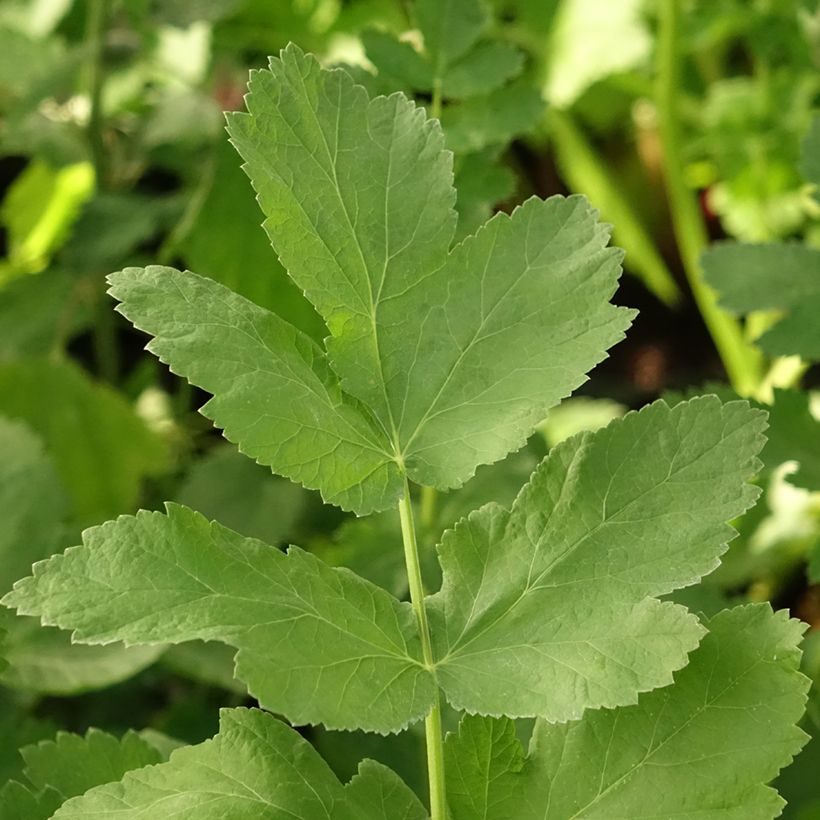

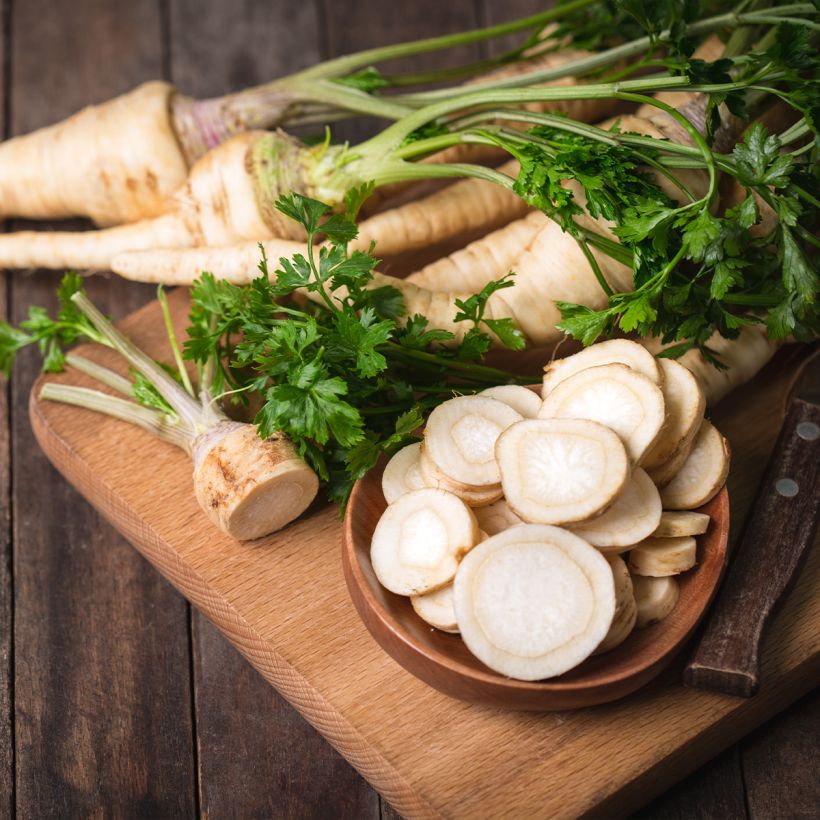

Harvest
Plant habit
Foliage
Other Parsnips
View all →Planting and care
Parsnips thrive in deep, rich, clayey and chalky soils. Add well-rotted compost in the previous autumn after thoroughly loosening the soil. Be careful, it cannot tolerate undecomposed organic fertilizers. Choose a sunny location.
Planting:
Planting in open ground can be done in spring or autumn in mild climates. Space the young plants 50 cm (20in) apart in all directions. Soak the root ball in water for a few moments before planting. Dig a hole, place the young plant and cover with fine soil. Water generously.
Regularly weed and hoe. Mulch at the base to maintain soil moisture. Water regularly, especially during periods of high temperatures.
Cultivation
Care
Intended location
Planting & care advice
This item has not been reviewed yet - be the first to leave a review about it.
Similar products
Haven't found what you were looking for?
Hardiness is the lowest winter temperature a plant can endure without suffering serious damage or even dying. However, hardiness is affected by location (a sheltered area, such as a patio), protection (winter cover) and soil type (hardiness is improved by well-drained soil).

Photo Sharing Terms & Conditions
In order to encourage gardeners to interact and share their experiences, Promesse de fleurs offers various media enabling content to be uploaded onto its Site - in particular via the ‘Photo sharing’ module.
The User agrees to refrain from:
- Posting any content that is illegal, prejudicial, insulting, racist, inciteful to hatred, revisionist, contrary to public decency, that infringes on privacy or on the privacy rights of third parties, in particular the publicity rights of persons and goods, intellectual property rights, or the right to privacy.
- Submitting content on behalf of a third party;
- Impersonate the identity of a third party and/or publish any personal information about a third party;
In general, the User undertakes to refrain from any unethical behaviour.
All Content (in particular text, comments, files, images, photos, videos, creative works, etc.), which may be subject to property or intellectual property rights, image or other private rights, shall remain the property of the User, subject to the limited rights granted by the terms of the licence granted by Promesse de fleurs as stated below. Users are at liberty to publish or not to publish such Content on the Site, notably via the ‘Photo Sharing’ facility, and accept that this Content shall be made public and freely accessible, notably on the Internet.
Users further acknowledge, undertake to have ,and guarantee that they hold all necessary rights and permissions to publish such material on the Site, in particular with regard to the legislation in force pertaining to any privacy, property, intellectual property, image, or contractual rights, or rights of any other nature. By publishing such Content on the Site, Users acknowledge accepting full liability as publishers of the Content within the meaning of the law, and grant Promesse de fleurs, free of charge, an inclusive, worldwide licence for the said Content for the entire duration of its publication, including all reproduction, representation, up/downloading, displaying, performing, transmission, and storage rights.
Users also grant permission for their name to be linked to the Content and accept that this link may not always be made available.
By engaging in posting material, Users consent to their Content becoming automatically accessible on the Internet, in particular on other sites and/or blogs and/or web pages of the Promesse de fleurs site, including in particular social pages and the Promesse de fleurs catalogue.
Users may secure the removal of entrusted content free of charge by issuing a simple request via our contact form.
The flowering period indicated on our website applies to countries and regions located in USDA zone 8 (France, the United Kingdom, Ireland, the Netherlands, etc.)
It will vary according to where you live:
- In zones 9 to 10 (Italy, Spain, Greece, etc.), flowering will occur about 2 to 4 weeks earlier.
- In zones 6 to 7 (Germany, Poland, Slovenia, and lower mountainous regions), flowering will be delayed by 2 to 3 weeks.
- In zone 5 (Central Europe, Scandinavia), blooming will be delayed by 3 to 5 weeks.
In temperate climates, pruning of spring-flowering shrubs (forsythia, spireas, etc.) should be done just after flowering.
Pruning of summer-flowering shrubs (Indian Lilac, Perovskia, etc.) can be done in winter or spring.
In cold regions as well as with frost-sensitive plants, avoid pruning too early when severe frosts may still occur.
The planting period indicated on our website applies to countries and regions located in USDA zone 8 (France, United Kingdom, Ireland, Netherlands).
It will vary according to where you live:
- In Mediterranean zones (Marseille, Madrid, Milan, etc.), autumn and winter are the best planting periods.
- In continental zones (Strasbourg, Munich, Vienna, etc.), delay planting by 2 to 3 weeks in spring and bring it forward by 2 to 4 weeks in autumn.
- In mountainous regions (the Alps, Pyrenees, Carpathians, etc.), it is best to plant in late spring (May-June) or late summer (August-September).
The harvesting period indicated on our website applies to countries and regions in USDA zone 8 (France, England, Ireland, the Netherlands).
In colder areas (Scandinavia, Poland, Austria...) fruit and vegetable harvests are likely to be delayed by 3-4 weeks.
In warmer areas (Italy, Spain, Greece, etc.), harvesting will probably take place earlier, depending on weather conditions.
The sowing periods indicated on our website apply to countries and regions within USDA Zone 8 (France, UK, Ireland, Netherlands).
In colder areas (Scandinavia, Poland, Austria...), delay any outdoor sowing by 3-4 weeks, or sow under glass.
In warmer climes (Italy, Spain, Greece, etc.), bring outdoor sowing forward by a few weeks.






























